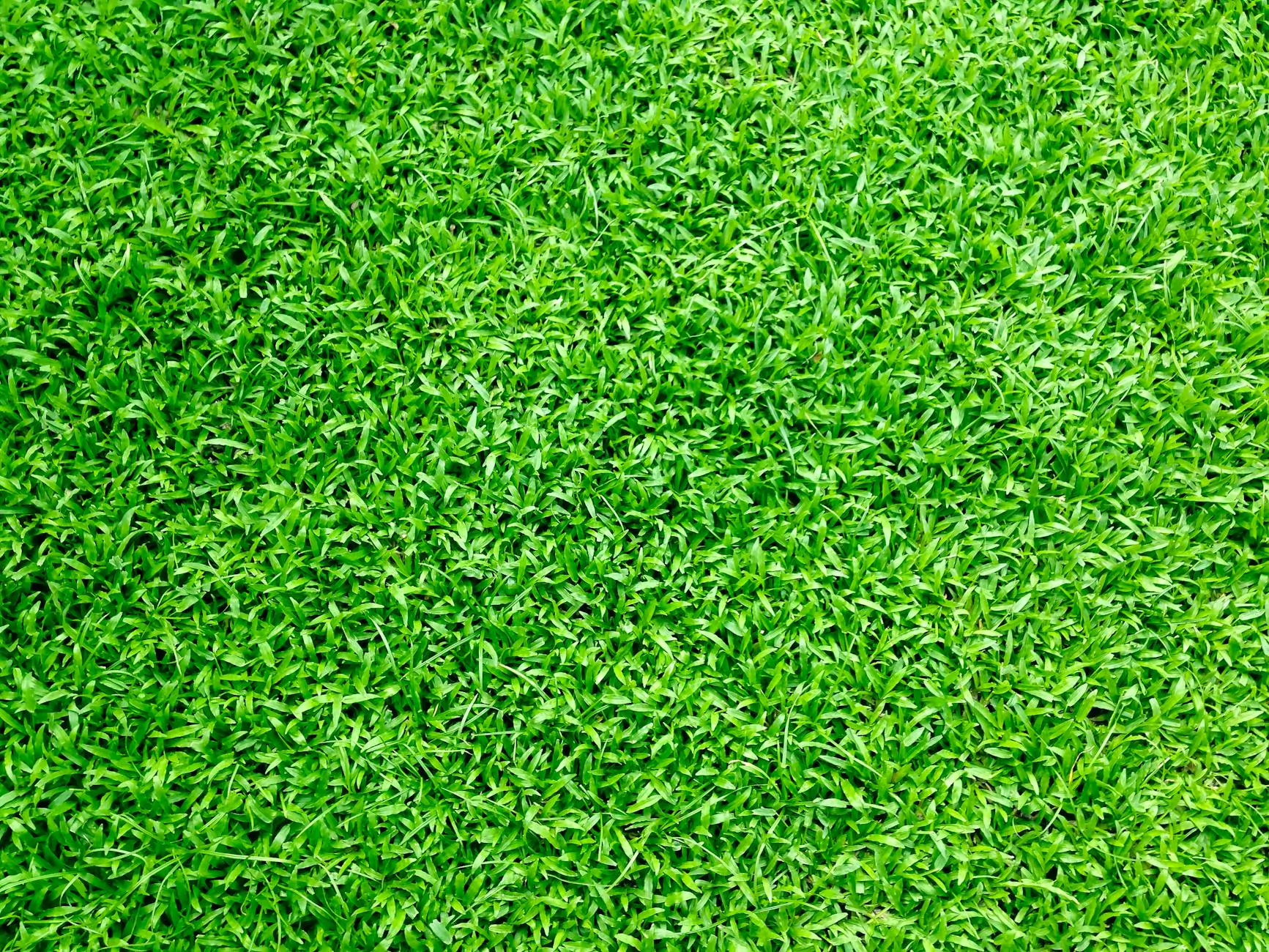Understanding the Environmental Impact of Artificial Turf

The Rise of Artificial Turf
In today's fast-paced world, many homeowners and outdoor enthusiasts are turning to artificial turf as a convenient and attractive alternative to natural grass. The demand for artificial turf has skyrocketed in recent years, thanks to its numerous benefits such as low maintenance, durability, and water conservation.
Artificial Turf and the Environment
As environmental consciousness continues to grow, it is essential to examine the environmental impact of artificial turf. While it offers several advantages, there are also specific considerations to keep in mind.
Water Conservation
One of the most significant ecological benefits of artificial turf is its ability to conserve water. Unlike natural grass, which requires regular watering to maintain its lush appearance, synthetic grass does not depend on scarce water resources. This aspect is particularly crucial in regions prone to drought and water shortages, contributing to overall water conservation efforts.
Chemical Usage
When it comes to chemical exposure, artificial turf is relatively low maintenance compared to natural grass. Traditional lawns often require pesticides, herbicides, and fertilizers to stay healthy and green. With synthetic grass, you eliminate the need for these chemicals, reducing potential harm to human health and the environment.
Landfill Impact
While the long lifespan of artificial turf is a positive feature, it can also present challenges when it comes to disposal. At the end of its lifecycle, artificial turf may find its way to landfills. However, the industry is continually working to develop innovative recycling solutions to minimize waste and environmental impact. Organizations invest in research and technology to ensure the recycling of old turf into new products whenever possible, thus reducing landfill impact.
Choosing the Right Artificial Turf
Now that we've explored the environmental aspects, it is crucial to select the right artificial turf for your specific needs. Here are a few things to consider:
Quality and Durability
When opting for artificial turf, select a high-quality product that offers durability. This ensures a more extended lifespan, reducing the need for premature replacements and overall waste.
Recycled Materials
Check whether the artificial turf is made from recycled materials. By choosing recycled options, you support the circular economy and contribute to a more sustainable future.
Drainage System
Ensure the artificial turf you choose has an effective drainage system. Proper drainage helps prevent water buildup, enhancing sustainability and reducing water waste.
In Conclusion
Artificial turf offers a range of benefits for your home & garden and outdoor gear needs. Taking into consideration its water conservation properties, reduced chemical usage, and ongoing efforts to minimize landfill impact, it is safe to say that synthetic grass can play a positive role in creating a sustainable future.
When selecting artificial turf, make an informed choice by considering factors such as quality, use of recycled materials, and drainage systems. By prioritizing these elements, you contribute to the overall environmental impact, ensuring a greener and more eco-friendly solution for all.
artificial turf environmental impact


